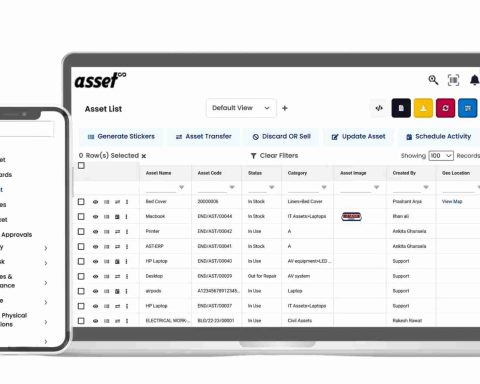Integrating Business Rules Engines (BREs) into loan calculators is more than a technological upgrade; it’s a strategic shift towards more efficient, accurate, and compliant loan origination processes.
Simplifying Loan Processing with BREs
Business Rules Engines (BREs) offer a solution to streamline this process, minimize errors, and ensure adherence to regulations. But how exactly can BREs transform the loan calculation process for financial institutions?
Updating Loan Origination Processes with BRE
The financial industry has evolved with the advent of Loan Origination Systems (LOS), driven by market demands and stringent regulations. The need for modernization is clear, as outdated systems contribute to inefficiency and high maintenance costs. Modern lenders are turning to technology that unifies the loan management process, enhancing efficiency and the borrower experience by eliminating the disjointed nature of legacy systems.
BREs automate complex decisions, allowing for the consistent and compliant execution of business rules. This evolution from simple to sophisticated systems mirrors the broader digital shift in lending, aiming to meet customer expectations and regulatory demands.
Business Rules Engines automate and refine the loan origination process, embedding rules that allow for quicker, more accurate decision-making. This results in enhanced efficiency, reduced manual work, and improved customer satisfaction.
By analyzing borrower data in real time, BREs can dynamically adjust loan terms, offering personalized conditions that reflect each borrower’s unique financial situation. This leads to fairer, more precise lending decisions and a better customer experience.
Key Advantages of BREs in the Financial Sector:
BREs enable financial institutions to better manage risk, comply with regulations, and streamline the credit scoring and underwriting processes. The automation of business rules significantly boosts operational efficiency and enhances the overall borrower experience.
BRE Intagration
Implementing Business Rules Engines (BREs) into loan calculators isn’t just about enhancing efficiency; it’s a strategic move that requires careful consideration of several factors to ensure successful integration into existing systems. The process involves ensuring technological compatibility, meticulously planning data migration to prevent loss or corruption, providing comprehensive staff training for effective use and management, and managing the organizational change to minimize resistance and maximize adoption.
- Technological Compatibility: One of the initial hurdles is ensuring that the BRE integrates seamlessly with the institution’s current IT infrastructure. This step is crucial for enabling smooth communication between the BRE and other software systems, ensuring that the loan calculators can utilize the full range of BRE capabilities without encountering compatibility issues.
- Data Migration: Safely transferring existing loan application data into the new system is another critical challenge. This process must be executed with precision to maintain data integrity, requiring robust protocols to ensure that all information is accurately moved over without any loss or errors, which could compromise loan processing.
- Staff Training: For a BRE integration to be truly effective, employees across departments need to understand how to use and manage the new system. Tailored training programs are essential to equip staff with the necessary skills, ensuring they can leverage the BRE to its full potential and contribute to smoother loan origination workflows.
The Future of Lending with BRE Integration
Incorporating BREs into loan calculators marks a significant leap forward in loan processing. Financial institutions that adopt BRE technology can look forward to improved risk management, regulatory compliance, and operational efficiency, setting the stage for a more competitive stance in the modern lending landscape.






